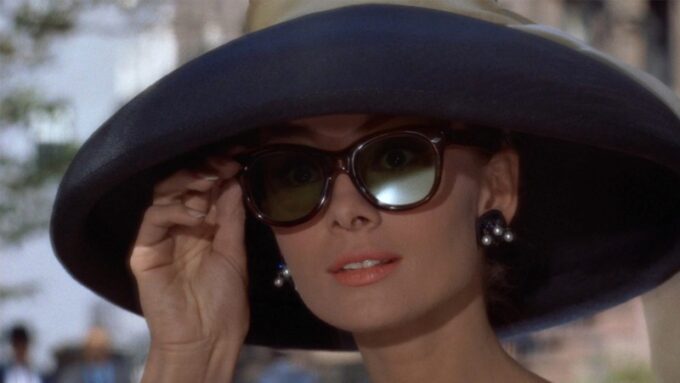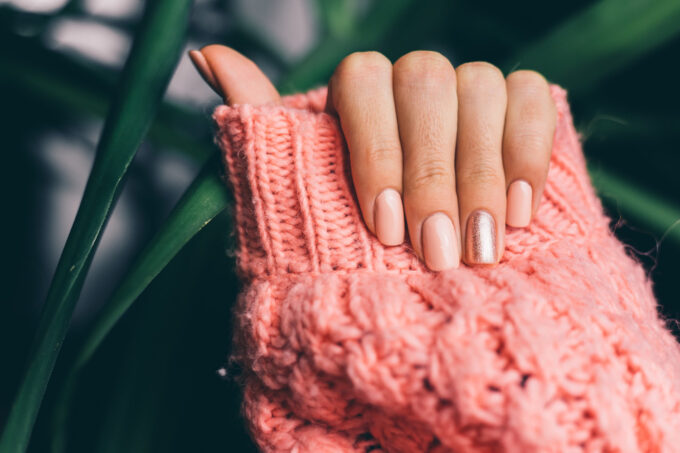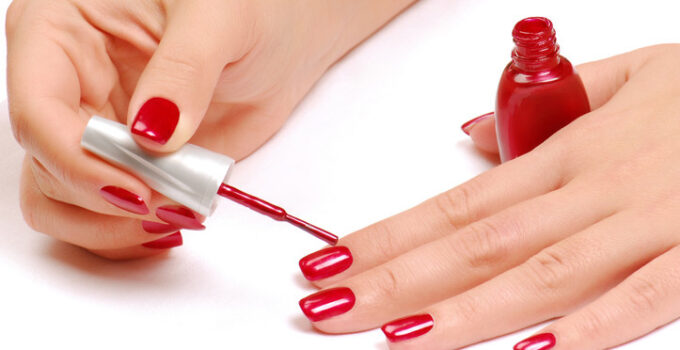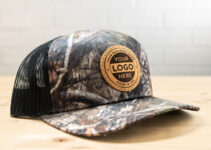Nails have been decorated with jewelry, paint, and embellishments for thousands of years and the advancement of technology has made it so easy to find the closest salon. From its origins in prehistoric societies to its current status as a multi-billion dollar industry, the growth of nail art has been and continues to grow, providing a variety of services. This is a fascinating topic that we shall delve into further in this essay.
Ancient Times
The practice of nail art can be traced back to ancient civilizations such as Egypt, China, and India. In ancient Egypt, it was common for both men and women to use henna to color their nails. Henna is a plant-based dye that produces a red-orange color and was used for various purposes, including decorating fingers.
In China, nail art was also popular among the ruling class. During the Ming Dynasty, women would apply a mixture of egg whites, beeswax, and flower petals to their nails to create intricate designs. In India, the use of henna for art was also prevalent, and it was considered a symbol of beauty and good fortune.
Middle Ages
During the Middle Ages, nail art was largely restricted to the noble class. Women of noble birth would adorn their nails with gold and silver to signify their wealth and status. It was also during this time that the practice of painting fingertips with a red tint became popular, as it was believed to indicate good health and vitality.
Renaissance
During the Renaissance period, nail art became more widespread among the general population. Women would use a mixture of beeswax and egg whites to create a shiny, polished look on their nails. They would also use various natural dyes to add color and intricate designs.
20th Century

Source: mubi.com
In the 1920s, the use of nail polish became popular thanks to the rise of the beauty industry. The first polish was invented in 1917 by a French makeup artist named Michelle Menard. She created a clear, glossy lacquer that was marketed as a way to enhance the natural beauty of nails.
During the 1930s, the use of bold and bright colors became popular, and art began to evolve into a more elaborate form of self-expression. By the 1950s, it had become a staple of Hollywood glamor, with stars such as Marilyn Monroe and Audrey Hepburn sporting bold, colorful fingertips on the big screen.
Modern Day
Today, nail art is a booming industry, with millions of people around the world adorning their nails with intricate designs, colors, and accessories. Salons offer a wide range of services, from basic manicures and pedicures to elaborate designs that incorporate rhinestones, glitter, and other decorations.
Innovations in Nail Art

Source: stylist.co.uk
One of the most significant innovations in nail art is the introduction of new tools and materials that allow nail technicians to create intricate and detailed designs. Nail art pens, for example, have become increasingly popular in recent years, and they allow technicians to create precise and intricate designs using a fine-tipped brush. These pens come in a wide range of colors and are often used to create delicate floral patterns or intricate geometric shapes.
Stamping tools have also become a staple in the industry, as they allow technicians to transfer pre-designed patterns onto the nails quickly and easily. Stamping plates feature intricate designs that can be transferred onto the fingertips using a stamp and a scraper. This technique is particularly useful for creating detailed patterns and designs that would be challenging to paint by hand.
Airbrushing has also become a popular technique, allowing technicians to create gradient effects and intricate designs using an airbrush machine. This technique involves spraying a fine mist of polish onto the plate, creating a smooth and even finish. Airbrushing is particularly useful for creating intricate designs such as ombre effects or intricate animal prints.
In addition to these tools, new materials have also been introduced to the industry, such as 3D appliques and nail jewels. 3D appliques are small, three-dimensional designs that can be applied to the fingertips, creating a textured and eye-catching effect. Jewels, on the other hand, are small rhinestones and beads that can be applied to the nails to create a sparkling and glamorous effect.
Fashion industry
Nail art has become an integral part of the fashion industry, with designers often incorporating unique and eye-catching designs into their runway shows. Fashion icons such as Lady Gaga and Rihanna have also popularized bold and daring designs, inspiring others to experiment with their nail art. It has become a way to express one’s individuality and style, with many people using their nails as a canvas for self-expression.
This form of art has also become an essential element in editorial and commercial photo shoots, with designs often playing a significant role in the overall look and feel of a shoot. In recent years, collaborations between fashion designers and polish brands have become increasingly common, resulting in unique and creative nail art collections that reflect the designer’s aesthetic and vision.
Overall, nail art has become a key element in the fashion industry, with designers and fashion icons using it to express their creativity and individuality. As the nail art industry continues to evolve, we can expect to see even more exciting and innovative nail designs in the world of fashion.
According to Mr. Tran Quang – Founder of Maby: “There are many websites that support finding the nearest nail salon, you just need to go online and search very easily”
The rise of E-commerce has also played a significant role in the popularity of nail art. Maby, in particular, has become an online booking platform for artists to showcase their skills, and salon location and directly connect with clients in the industry.
In conclusion, nail art has a rich and fascinating history that spans thousands of years, and the invention of Maby is a new breakthrough that makes art more approachable and modern. From its origins in ancient civilizations to its current status as a booming industry.







